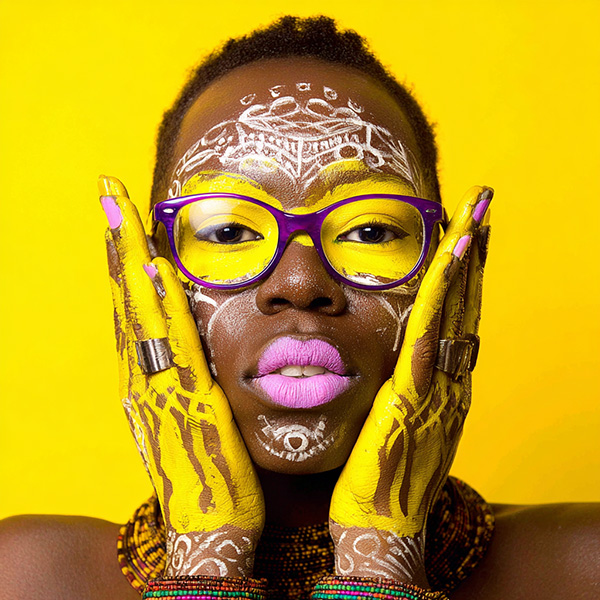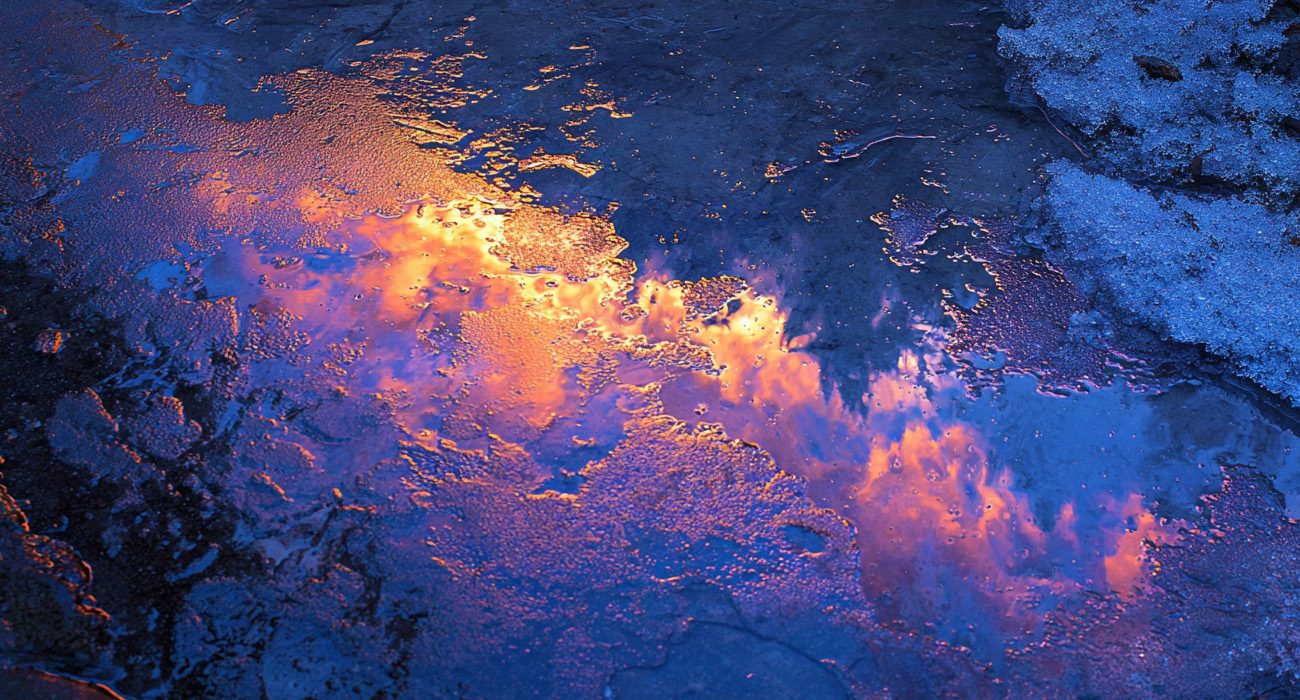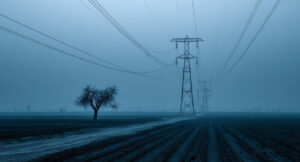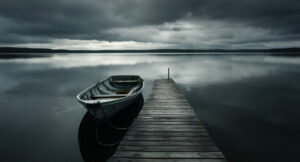Viewing Photography: How to Truly See an Image
In a world flooded with images, it’s easy to scroll, swipe, and forget. But some photographs stop us. They hold our gaze. They leave a mark. Why?
The answer lies in how we view photography—not as passive consumers, but as active observers. To truly view a photograph is to read it, interpret it, and engage with it beyond its surface. This article explores how to train your eye and mind to recognize meaningful photographs and distinguish artistic expression from everyday snapshots.
1. Viewing Is Not the Same as Looking
Looking is automatic. Viewing is intentional.
When we view photography with purpose, we pause. We take time to notice structure, detail, light, and expression. We ask questions:
What do I feel when I look at this?
What is the photographer trying to communicate?
What choices were made in the creation of this image?
This mindset is the first step toward a deeper understanding of photographic art.
2. What Makes a Photograph Stand Out?
A photograph becomes more than documentation when it offers intention and depth. Several elements contribute to this transformation:
Composition
The arrangement of elements in the frame—lines, shapes, balance, negative space—guides the viewer’s eye and creates visual harmony or tension. A strong composition isn’t random; it’s deliberate.
Light
Light is one of photography’s most powerful tools. The direction, quality, and contrast of light set the emotional tone. Soft light might create intimacy; harsh light might evoke conflict or drama.
Perspective
The angle and point of view shape how we perceive the subject. A low-angle shot might make a person seem powerful. A bird’s-eye view might suggest vulnerability or isolation. Perspective influences narrative.
Timing
A powerful photo often captures a specific moment—a gesture, a glance, a fleeting emotion. This “decisive moment” gives the image its energy and authenticity.
Mood and Meaning
Some photographs carry emotional or symbolic weight. They leave space for interpretation. They invite the viewer into a dialogue, not just a glance.
3. How to Analyze a Photograph
To view photography critically, ask yourself these questions:
What is the subject, and how is it framed?
Is it centered or off-balance? Tight or open?
What does the framing suggest?
Where does the light come from?
Does it highlight certain features or cast dramatic shadows?
What emotion does the image evoke?
Is it quiet, bold, mysterious, joyful? Why?
What’s in the background?
Does it support the subject or distract from it?
Is there a story being told?
Some photos suggest narratives or moments before and after the frame.
By slowing down and being curious, you sharpen your visual literacy—and your appreciation of the image grows.
4. Art vs. Snapshot: Key Differences
The line between a snapshot and a work of art isn’t always obvious. But several indicators can help you tell them apart:
| Snapshot | Artistic Photograph |
| Taken quickly, with little thought | Created intentionally, with visual planning |
| Lacks emotional or visual depth | Evokes feeling or reflection |
| Poor use of light and composition | Strong design and use of photographic tools |
| No context or meaning | Often layered with symbolism or story |
Of course, not all art is perfect. But behind every lasting image is a photographer who made conscious choices.
5. Why Viewing Photography Matters
We are visual beings. Learning to view photography with awareness enriches our understanding of culture, identity, and emotion. Whether you’re an artist, collector, critic, or casual viewer, cultivating this skill enhances not just how you see photographs—but how you see the world.
In a culture of speed and saturation, viewing photography is an act of slowing down, of noticing, of engaging. It turns images into experiences.
Conclusion: See With Purpose
Photography has the power to move, question, and connect. But only if we let it.
To truly view photography means stepping into the frame—not literally, but mentally. It’s the decision to look again, to feel more deeply, and to seek out what lies beneath the surface. That’s where the art begins.





